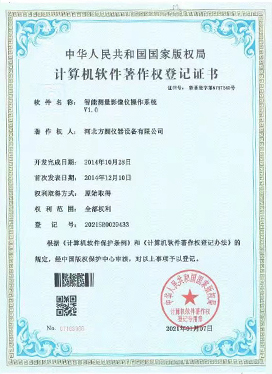manual tensile tester machine
Understanding the Manual Tensile Tester Machine A Comprehensive Overview
The manual tensile tester machine is an essential apparatus in material testing and quality control in various industries, including manufacturing, construction, and research. Its primary purpose is to measure the tensile strength and elongation of different materials, allowing engineers and researchers to understand how these materials will perform under stress. This article delves into the features, functionality, and applications of the manual tensile tester machine.
What is a Manual Tensile Tester Machine?
A manual tensile tester machine is a device that applies a uniaxial force to a specimen until it fractures. This testing machine is designed to measure various mechanical properties such as tensile strength, yield strength, elongation, and reduction in area. Typically, the machine consists of a load frame, a testing area, and gripping devices for holding the specimen in place during the test.
Key Features
1. Simple Design Manual tensile testers are characterized by their straightforward design, combining functionality with ease of use. They are often operated using a hand crank or lever, which allows the operator to exert force on the material gradually.
2. Load Measurement Many manual testers are equipped with a load cell that provides precise readings of the force being applied. This feature ensures accurate calculations of material strength and strain.
3. Specimen Grips The machine comes with different types of grips or clamps designed to hold various materials securely. Proper gripping is crucial for accurate test results, as slippage can lead to erroneous data.
4. Data Recording While manual models may not be as advanced as their electronic counterparts, it is still possible to incorporate analog or digital displays that show real-time data about load and elongation.
5. Portability Manual tensile testers are often compact and relatively lightweight, making them ideal for field testing and use in locations where electric power sources may not be available.
Functionality
The operation of a manual tensile tester involves several steps
manual tensile tester machine

1. Sample Preparation The material to be tested is cut into standardized shapes, usually dog-bone or flat specimen forms, to ensure uniformity in testing.
2. Setup The prepared specimen is securely positioned in the grips of the tester. Proper alignment is critical to avoid any unintended introductions of bending or shear stresses.
3. Testing Procedure The operator slowly pulls on the hand crank or lever to apply tension to the specimen. The load is increased gradually until the material reaches its breaking point.
4. Data Interpretation Once the specimen fractures, the maximum load applied is recorded, along with measurements of elongation. These values can be used to calculate important parameters, such as ultimate tensile strength and elongation percentage.
Applications
Manual tensile tester machines are widely used across various fields
- Construction and Material Science They are essential for testing metals, plastics, fabrics, and composites, providing crucial data for selecting materials in engineering projects.
- Quality Control Manufacturers use these testers to ensure that their products meet specified tensile properties before they go to market.
- Research and Development In academic settings, researchers can use manual tensile testers to study new materials and advance their knowledge in material science.
Conclusion
The manual tensile tester machine serves as a critical tool in understanding material properties under tensile loads. By providing essential data on strength and durability, it aids in decision-making across multiple industries. Whether used in a laboratory setting or a field application, the manual tensile tester remains an invaluable asset for engineers, quality control personnel, and researchers alike. Through proper operation and data interpretation, users can ensure that materials meet necessary safety and performance standards, ultimately contributing to better product quality and reliability.
-
Why the Conductor Resistance Constant Temperature Measurement Machine Redefines Precision
NewsJun.20,2025
-
Reliable Testing Starts Here: Why the High Insulation Resistance Measuring Instrument Is a Must-Have
NewsJun.20,2025
-
Flexible Cable Flexing Test Equipment: The Precision Standard for Cable Durability and Performance Testing
NewsJun.20,2025
-
Digital Measurement Projector: Precision Visualization for Modern Manufacturing
NewsJun.20,2025
-
Computer Control Electronic Tensile Tester: Precision and Power for the Modern Metal Industry
NewsJun.20,2025
-
Cable Spark Tester: Your Ultimate Insulation Assurance for Wire and Cable Testing
NewsJun.20,2025
 Copyright © 2025 Hebei Fangyuan Instrument & Equipment Co.,Ltd. All Rights Reserved. Sitemap | Privacy Policy
Copyright © 2025 Hebei Fangyuan Instrument & Equipment Co.,Ltd. All Rights Reserved. Sitemap | Privacy Policy
